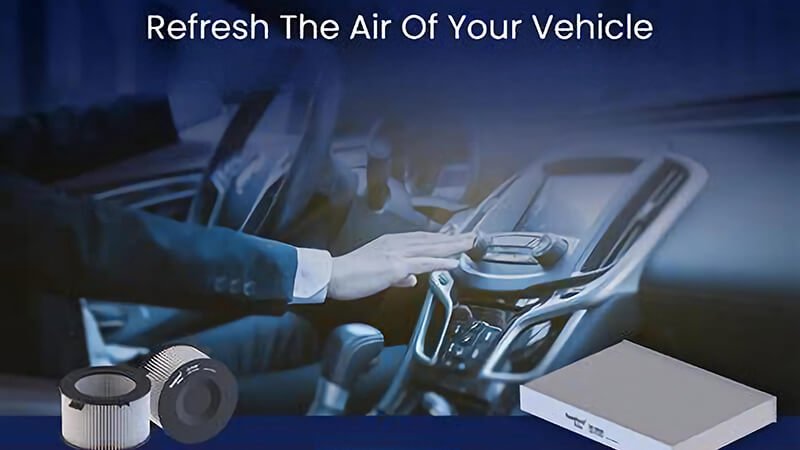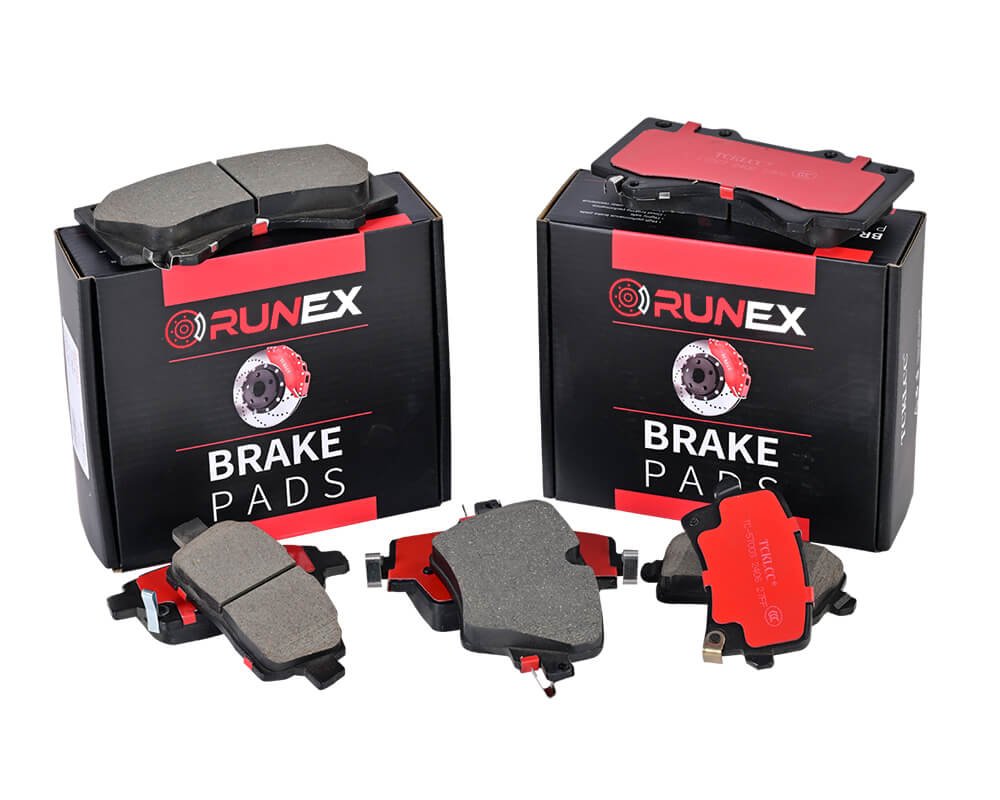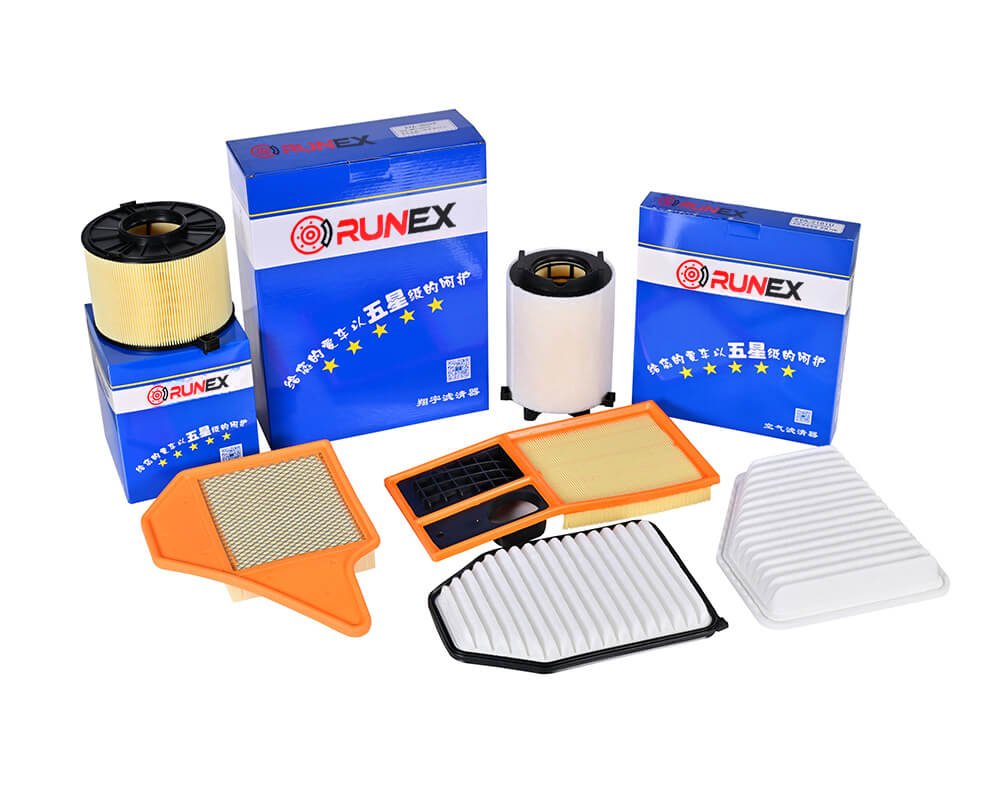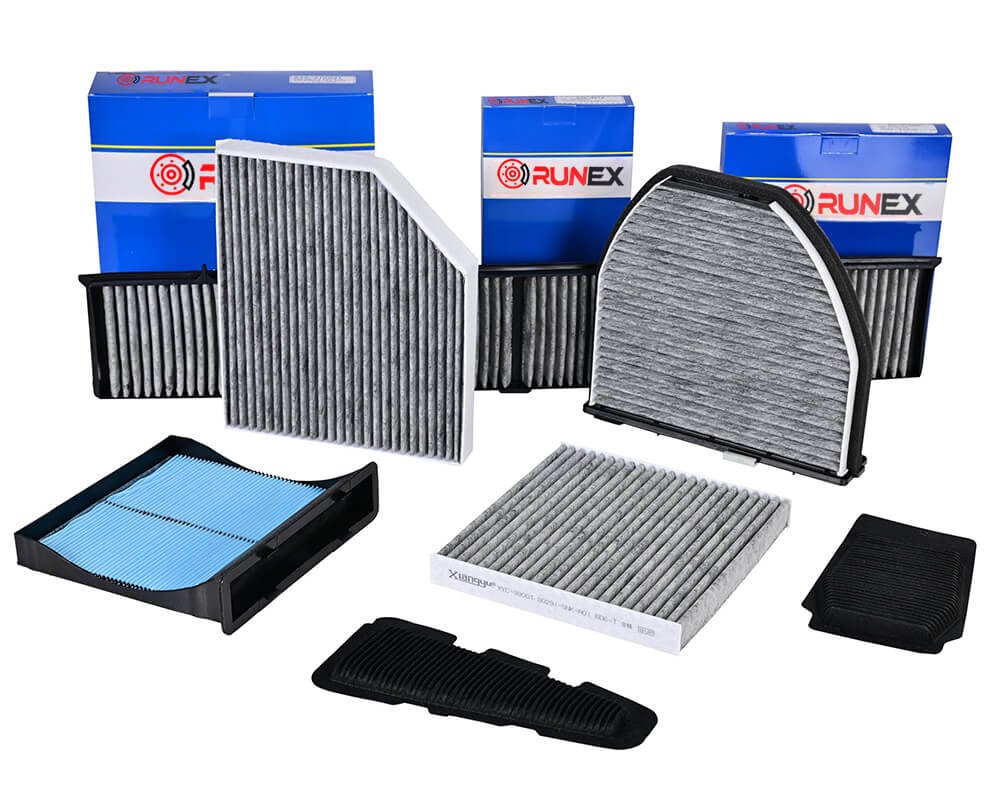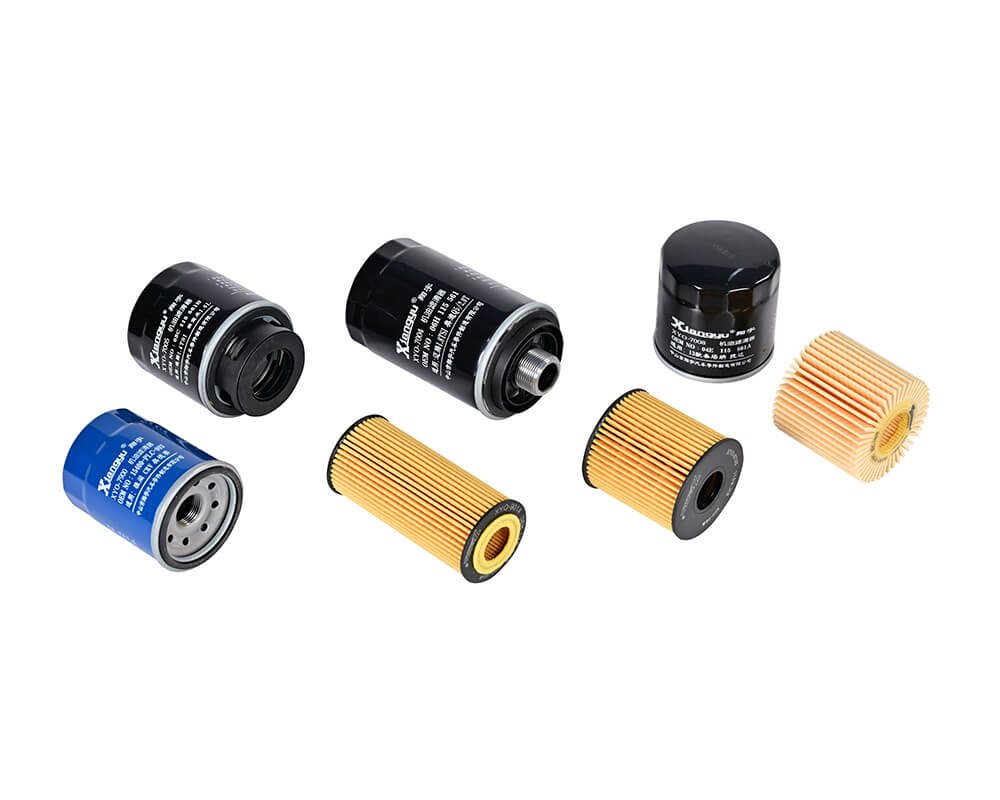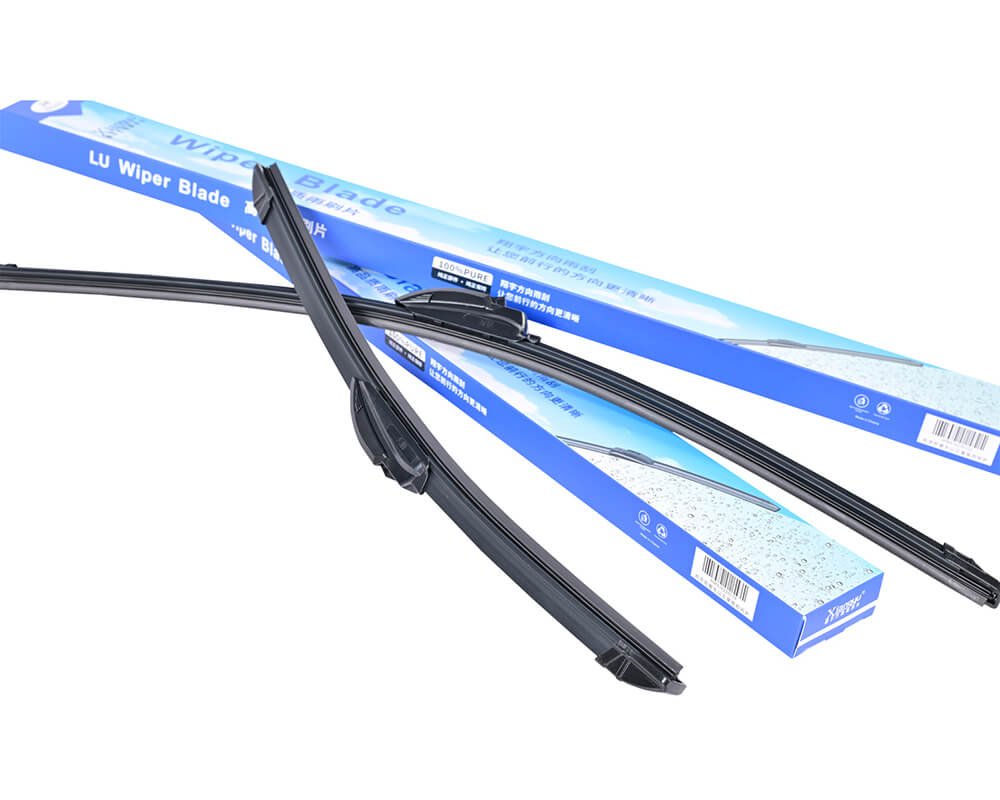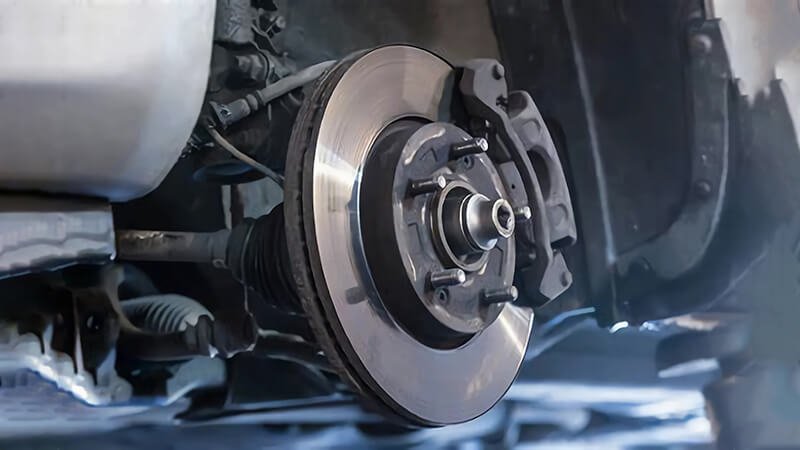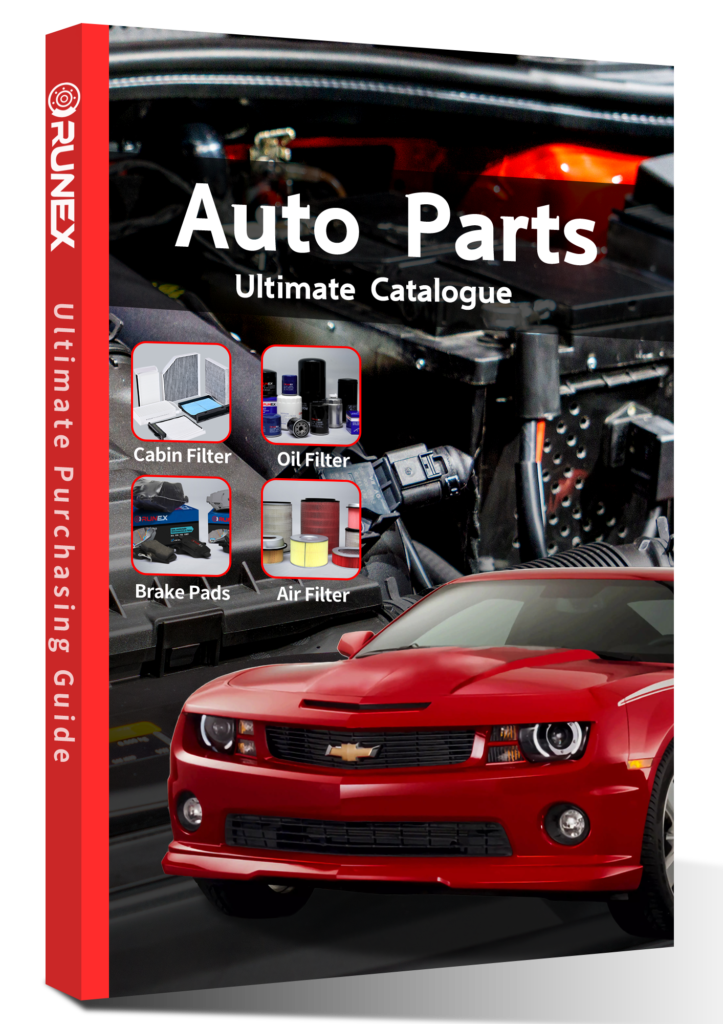I know you want to save money. I also know you hate surprise repairs. When you remove the cabin air filter, dust moves fast. It clogs vents. It hurts fans. Then you pay more. I have seen this pattern many times. So I want to show you a simple path.
You can drive without a cabin air filter, but I do not recommend it. The filter protects the HVAC system and your lungs. Without it, dust and debris enter the blower, the evaporator, and the cabin. The risk rises every week. A quality filter from Runex Auto keeps air clean and parts safe.
I want you to get a clear plan before you decide. I will keep my words simple. I will keep my tone honest. I will use what I know from supply and field data. I will share one tough story from a real fleet. Then I will show how Runex Auto cabin filters solve the pain with clean air, steady airflow, and strong frames.
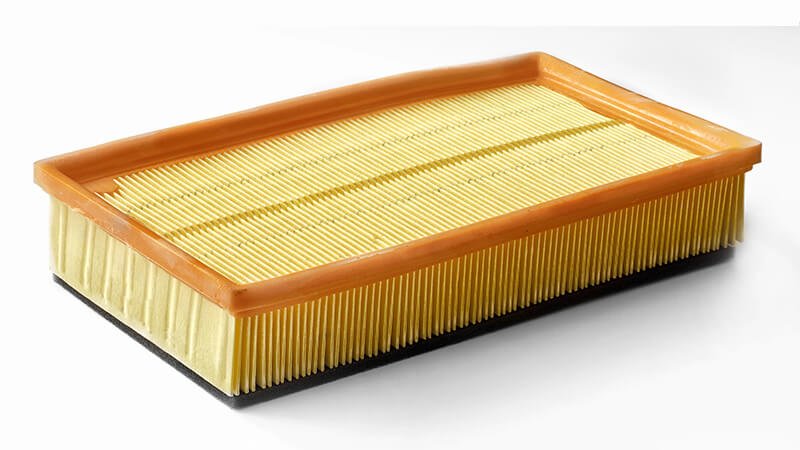
How long can I run my AC without an air filter?
You may think a few days is fine. You may think dust is small. In practice, small dust becomes large bills. The fan pulls dirt into the evaporator. The fins hold that dirt. Moisture sticks to it. Mold grows. Then airflow drops. Smells rise. Repairs follow next.
You can run your AC for a short time without a filter. I see people run it for one to two weeks in light dust areas with low risk. But risk is not zero. In cities or on dusty roads, damage can start in hours. I suggest you use a proper cabin air filter at all times. A Runex Auto filter keeps the evaporator clean and the blower safe.
Why short runs still carry risk
When the AC runs without a filter, the system becomes a vacuum for debris. The blower motor pulls fibers, pollen, and brake dust into the evaporator1. The fins of the evaporator act like a net. They hold dirt well. Water condenses there during cooling. Water turns dust into sludge. Sludge blocks airflow. The fan then works harder. The bearings heat up. The carbon brushes wear faster. The blower can fail early.
I saw a fleet manager try to cut costs. He skipped cabin filters2 for a year. HVAC failures increased. Warranty claims rose by 40%. The company spent more on blower motors3, evaporators, and labor. They also had driver complaints about smell and allergies. After that, the manager returned to regular filter replacements. The claims went down.
Runex Auto protection and timing
- Media: Runex Auto cabin air filters use multi-layer synthetic media. The first layer catches large dust. The middle layer traps fine PM2.54. The optional carbon layer reduces odor and NOx.
- Frame: The frame uses heat-resistant PP. It does not warp under heat cycles. It seals well against the filter slot.
- Seal: The gasket compresses evenly. It stops bypass air.
If you must run without a filter due to a backlog, I suggest you limit use to essential trips only. I also suggest you clean the evaporator with a proper foam cleaner when you reinstall a filter. Then install a Runex Auto filter and check airflow again.
Replacement intervals compared
| Environment | No Filter Safe Window | With Runex Auto Filter | Notes |
|---|---|---|---|
| Clean suburb | < 1 week | 12,000–15,000 km or 12 months | Inspect at 6 months |
| City traffic | < 3 days | 8,000–12,000 km or 6–9 months | Soot loads fast |
| Dusty roads | Avoid | 5,000–8,000 km or 3–6 months | Check every oil change |
| Fleet duty | Avoid | Custom schedule | Use differential pressure checks |

Can a cabin air filter affect AC?
Many people say the AC feels weak. Many people blame low refrigerant. But the cabin filter can be the hidden cause. A clogged filter restricts flow. Low flow means less cold air at the vents. The system works harder. The feeling at the wheel is simple. You turn the fan up. The noise rises. The air still feels weak.
Yes, the cabin air filter affects AC performance. A clean filter allows steady airflow across the evaporator. That keeps heat exchange stable. A clogged or wet filter lowers CFM. It also causes odor and foggy windows. A Runex Auto filter holds dust well while keeping airflow high. This keeps vent temperature and fan sound in balance.
How airflow links to cooling
Airflow across the evaporator must match the system design. If the filter blocks flow, the evaporator can get too cold. It can frost on the surface. Frost further blocks flow. The cycle gets worse. The vent air feels cool but weak. The cabin stays warm longer. The compressor runs more time. Fuel use goes up.
A proper filter balances two things: high dust holding and low initial resistance. Runex Auto5 uses layered fibers that load dust deep in the media. This keeps surface pores open for longer. The pressure drop stays stable through the service life. So the AC keeps its airflow and cooling.
Why Runex Auto maintains steady CFM
- Media engineering: The fiber diameter mix spreads particle capture across layers. This reduces early face loading. It avoids sharp rises in pressure drop.
- Pleat geometry: The pleats hold shape under humidity. The effective area stays high. This spreads the air evenly. It lowers local stress on the blower.
- Carbon option: The activated carbon layer adds odor control. It sits as a thin layer to limit resistance. It uses high iodine value carbon for strong adsorption with low mass.
Symptoms and checks
| Symptom | Likely Filter Link | Quick Check | Fix |
|---|---|---|---|
| Weak airflow, high fan noise | Clogged filter | Remove filter and retest flow | Replace with Runex Auto |
| Musty smell at startup | Wet or old filter | Inspect media color and smell | Replace; add evaporator clean |
| Foggy windows, slow defog | Low airflow | Bypass filter and test for 30 sec | Replace filter |
| AC cycles often | Airflow imbalance | Check icing on lines | New filter + inspect TXV |
I once tested a compact SUV with a two-year-old filter. Vent temp at MAX was 9.8 C, but cabin took long to cool. After fitting a Runex Auto carbon filter, airflow6 rose by 18% at the same fan speed. Vent temp improved to 7.9 C. Cabin cooled faster. Noise dropped one step on the dial.

Can I wash my cabin air filter?
I hear this question a lot. You want a quick clean and reuse. It sounds smart. But it fails in practice for most cabin filters. Water and soap change fiber bonds. The media warps. Fine dust stays inside the layers. It does not wash out. Then pressure drop rises fast.
You should not wash a standard cabin air filter. Most are single-use. Water breaks the structure. You lose efficiency and airflow. If you need a washable product, choose a filter designed for that use. Runex Auto focuses on dry, high-efficiency, single-use cabin filters for stable performance and safety.
What washing does to the media
A cabin filter uses a web of synthetic fibers. The web traps dust by interception and diffusion. The dust embeds within the depth of the media. When you rinse the filter, you only remove some surface dust. The inner dust remains. The water also carries tiny particles deeper. Drying restores shape only partly. The result is higher resistance and lower capture. If the filter has carbon, water kills the porosity of the carbon. The odor control drops.
I tried washing a used non-Runex filter early in my career. I dried it for 24 hours. The pleats lost stiffness. The gasket lost grip. The blower noise increased after refit. The cabin smell got worse in a week. I learned a simple rule. I never wash cabin filters7.
Why Runex Auto chooses single-use design
- Safety first: A fresh filter gives known performance. A washed filter gives unknown performance. We choose control and predictability.
- Media integrity: Our fibers and binders keep strength in heat and humidity. They are not designed for soaking. This is by design to keep pore size stable and predictable.
- Cost over life: A new Runex Auto filter8 costs less than a blower repair. It also costs less than evaporator cleaning. It also saves health cost if you have allergies.
Replace vs. wash comparison
| Action | Airflow After | Filtration | Odor Control | Risk |
|---|---|---|---|---|
| Wash standard filter | Lower | Worse | Poor | Mold, media damage |
| Blow with air | Slightly better | Same or worse | None | Pushes dust deeper |
| Replace with Runex Auto | Restored | Better | Good (carbon option) | Low |
| Extend interval | Lower | Worse | Poor | HVAC strain |
If you want a greener plan, I suggest a proper disposal path. You can collect used filters in bulk. You can work with a local recycler for energy recovery. Runex Auto can support with packaging and batch labeling for fleets.

Can a clogged cabin air filter cause engine overheating?
People worry about overheating. They look at coolant. They look at fans. They ask about cabin filters. The cabin air filter sits in the HVAC path. The engine cooling loop is separate. So the link is weak. But I will be clear and simple.
A clogged cabin air filter does not cause engine overheating in normal cars. The cabin filter affects HVAC airflow. The engine stays cool with its own radiator and fans. However, a clogged cabin filter can raise blower load. The alternator then works a bit harder. The extra load is small. It does not overheat the engine. If your engine overheats, look at coolant, radiator, water pump, thermostat, or fan.
What problems a clogged cabin filter can cause
You may see weak defrost. You may see foggy windows. You may smell mold. You may hear the blower strain. You may see AC icing. You may also see higher cabin noise at high fan settings. All of these sit in the HVAC system. They do not heat the engine.
I want to note one edge case. In some hybrid or EV systems, the HVAC load ties to overall energy draw. A high blower load can shave range in a small way. It still does not overheat the motor. It just reduces efficiency. The fix is still simple. Replace the cabin filter.
Runex Auto perspective on system safety
- Consistent airflow: Our filters keep low resistance for longer. This stabilizes blower load and HVAC duty cycle.
- Strong frames: The frame resists collapse under high humidity. It prevents media from touching the blower fan.
- Clean seal: The gasket blocks bypass. This keeps the evaporator clean. It preserves heat exchange. It also keeps the cabin glass clear faster.
HVAC vs. engine cooling quick view
| System | Component | Role | Link to Cabin Filter |
|---|---|---|---|
| Engine cooling | Radiator | Heat rejection | None |
| Engine cooling | Thermostat | Flow control | None |
| Engine cooling | Water pump | Coolant circulation | None |
| HVAC | Blower motor | Air movement | Direct impact |
| HVAC | Evaporator | Cooling air | Indirect impact |
| HVAC | Cabin vents | Air delivery | Direct impact |
I keep a separate note for braking since many of our buyers also ask. Replacing brake pads9 without turning rotors is possible if the rotors are smooth and within spec. If the rotors are warped or worn, you should resurface or replace them. This gives even pad wear. It also keeps braking stable. Runex Auto supplies pads and can match a rotor plan by duty cycle. I add this note because fleets often plan cabin filter10 changes and brake service in the same visit.
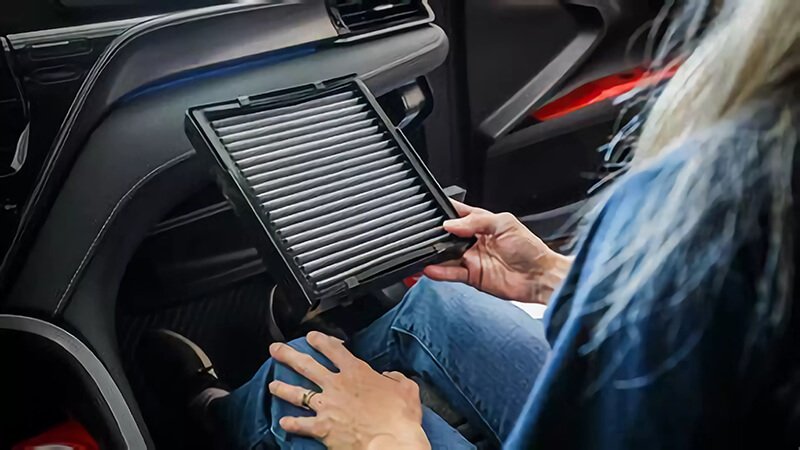
Conclusion
You can drive without a cabin air filter11. I do not think you should. The short gain turns into long costs. Dust and moisture hurt the blower and evaporator. Airflow drops. Smell grows. Driver comfort falls. A clean, well-made filter fixes this with one simple step. Runex Auto filters hold dust deep, keep airflow high, and seal tight. They protect the HVAC system and your team. If you want a clear plan, I can map service intervals by route and season. You will spend less and breathe better.
-
Understanding the evaporator's role can help you appreciate the importance of regular maintenance and filter use. ↩
-
Explore the advantages of cabin filters to understand their role in improving air quality and preventing HVAC failures. ↩
-
Learn about blower motors to grasp their importance in vehicle HVAC systems and the impact of neglecting maintenance. ↩
-
Discover the significance of PM2.5 in air quality and how filters can help mitigate its effects on health. ↩
-
Explore the advantages of Runex Auto filters for better airflow and cooling efficiency in vehicles. ↩
-
Understanding airflow's role in cooling can help optimize HVAC performance and efficiency. ↩
-
Explore the advantages of cabin filters to understand their role in improving air quality and vehicle performance. ↩
-
Discover the unique features of Runex Auto filters that enhance safety, performance, and cost-effectiveness. ↩
-
Explore this link to learn how to ensure even pad wear and stable braking, crucial for maintaining vehicle safety and performance. ↩
-
Understanding the role of a cabin filter can help you maintain optimal air quality and HVAC efficiency in your vehicle, enhancing comfort and safety. ↩
-
Finding the best auto cabin air filters from Runex Auto. ↩

